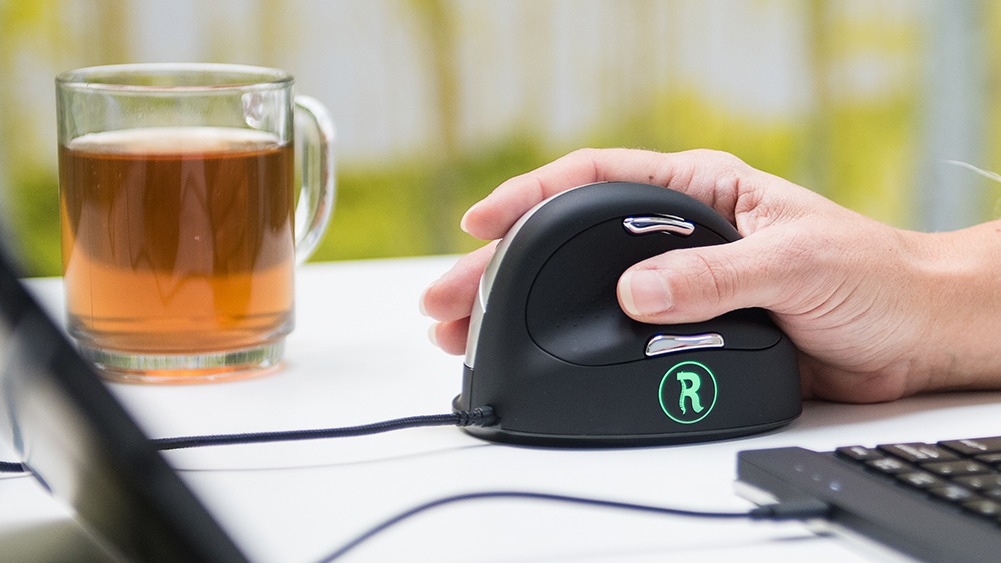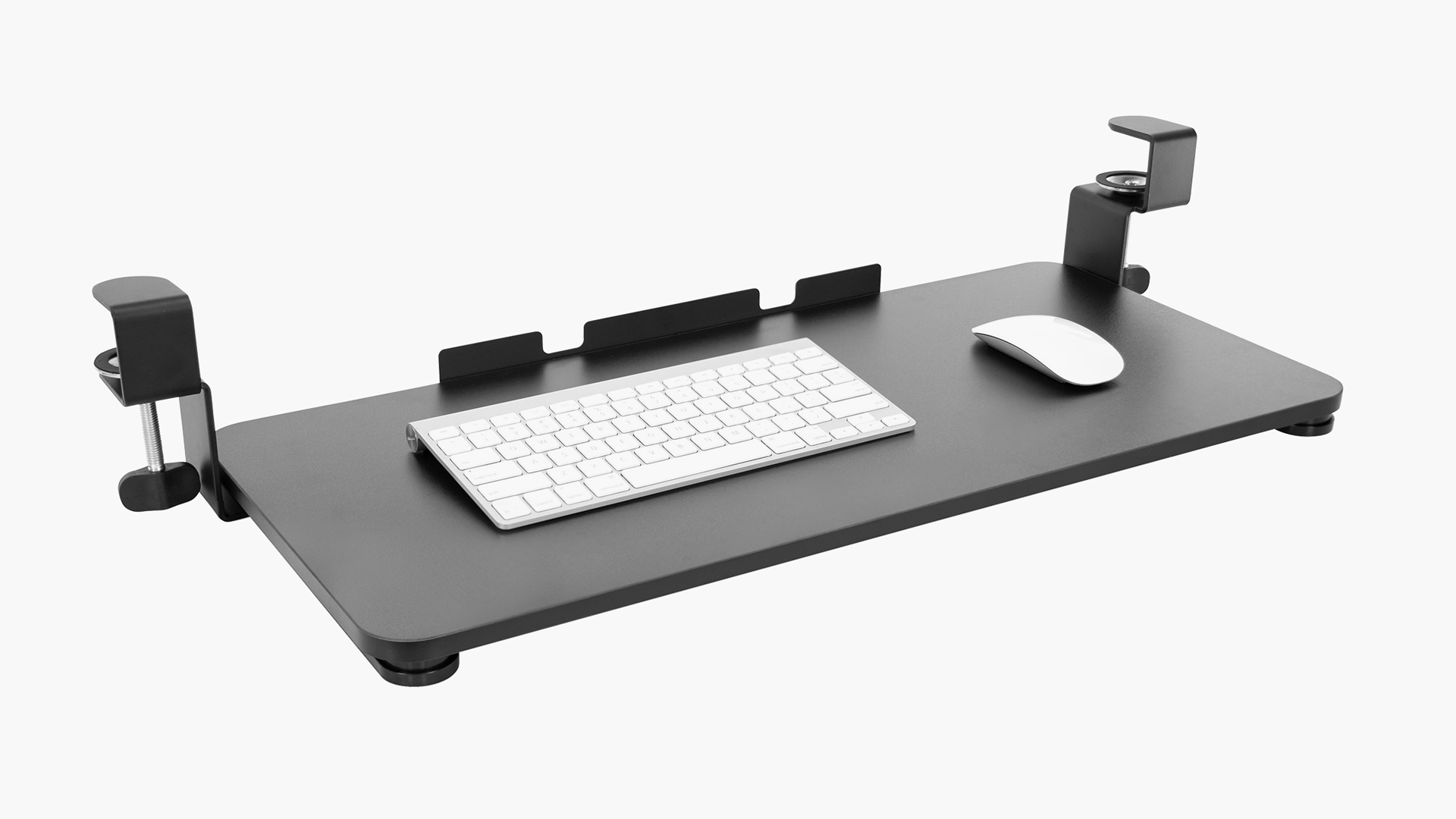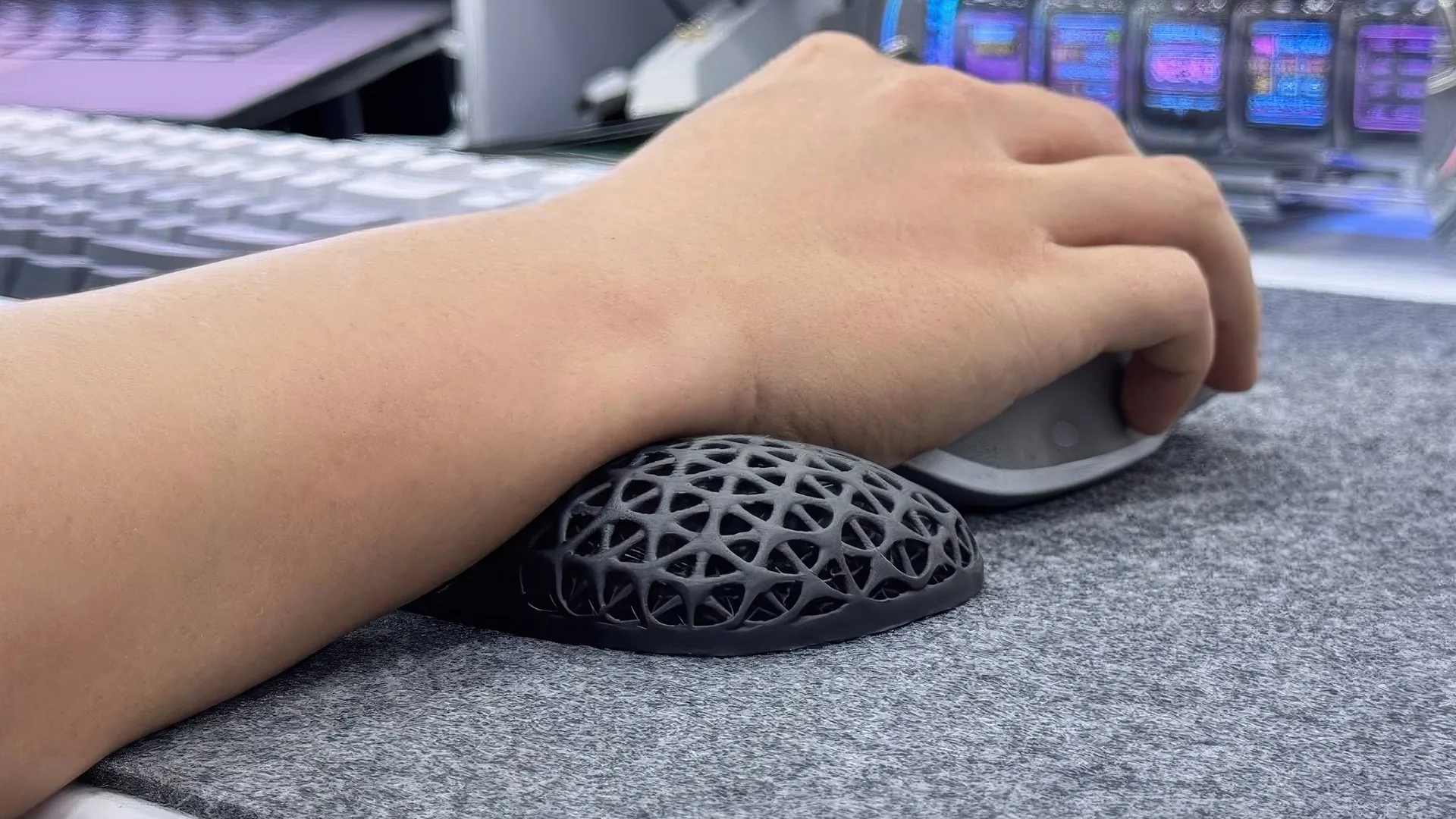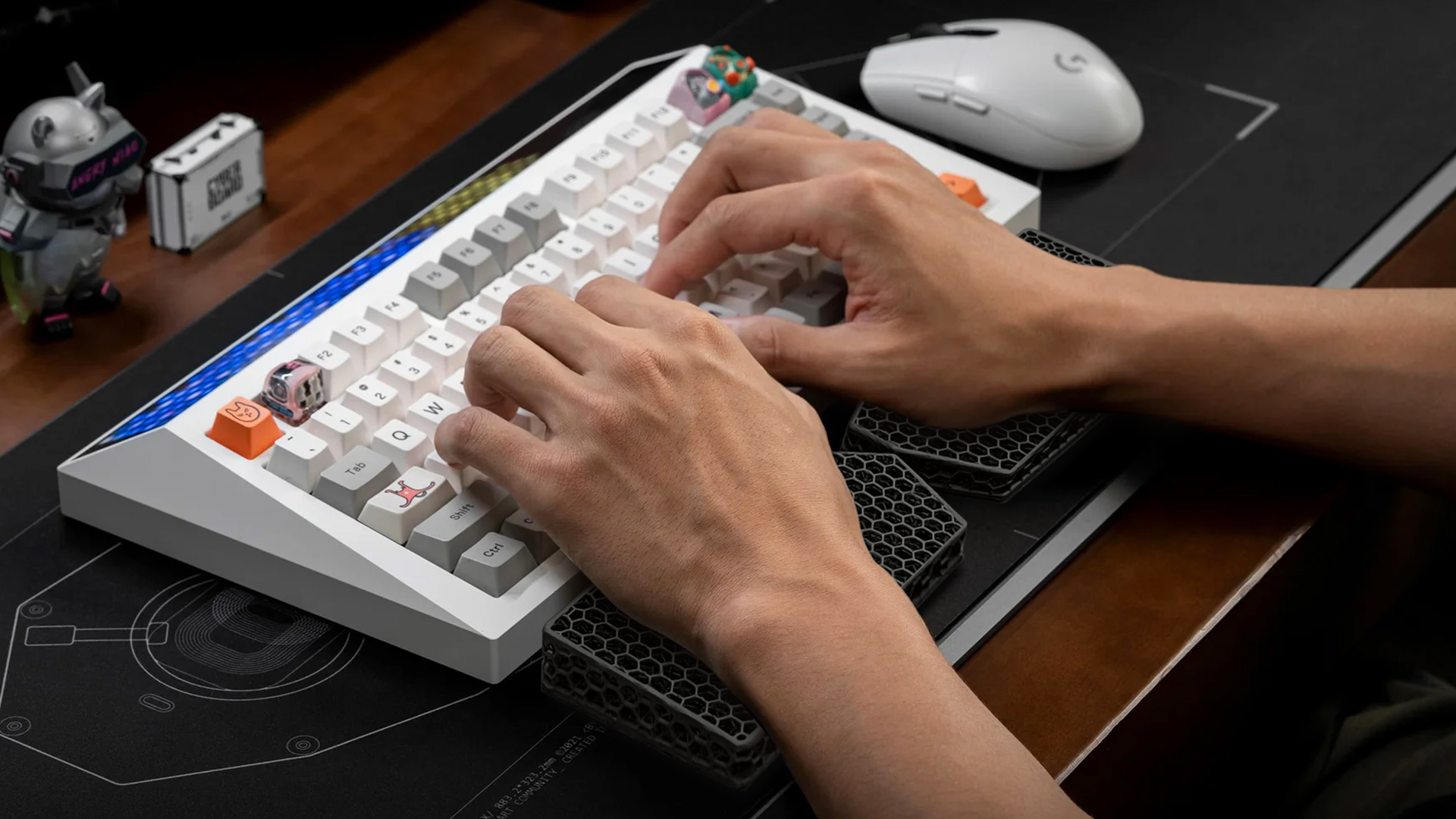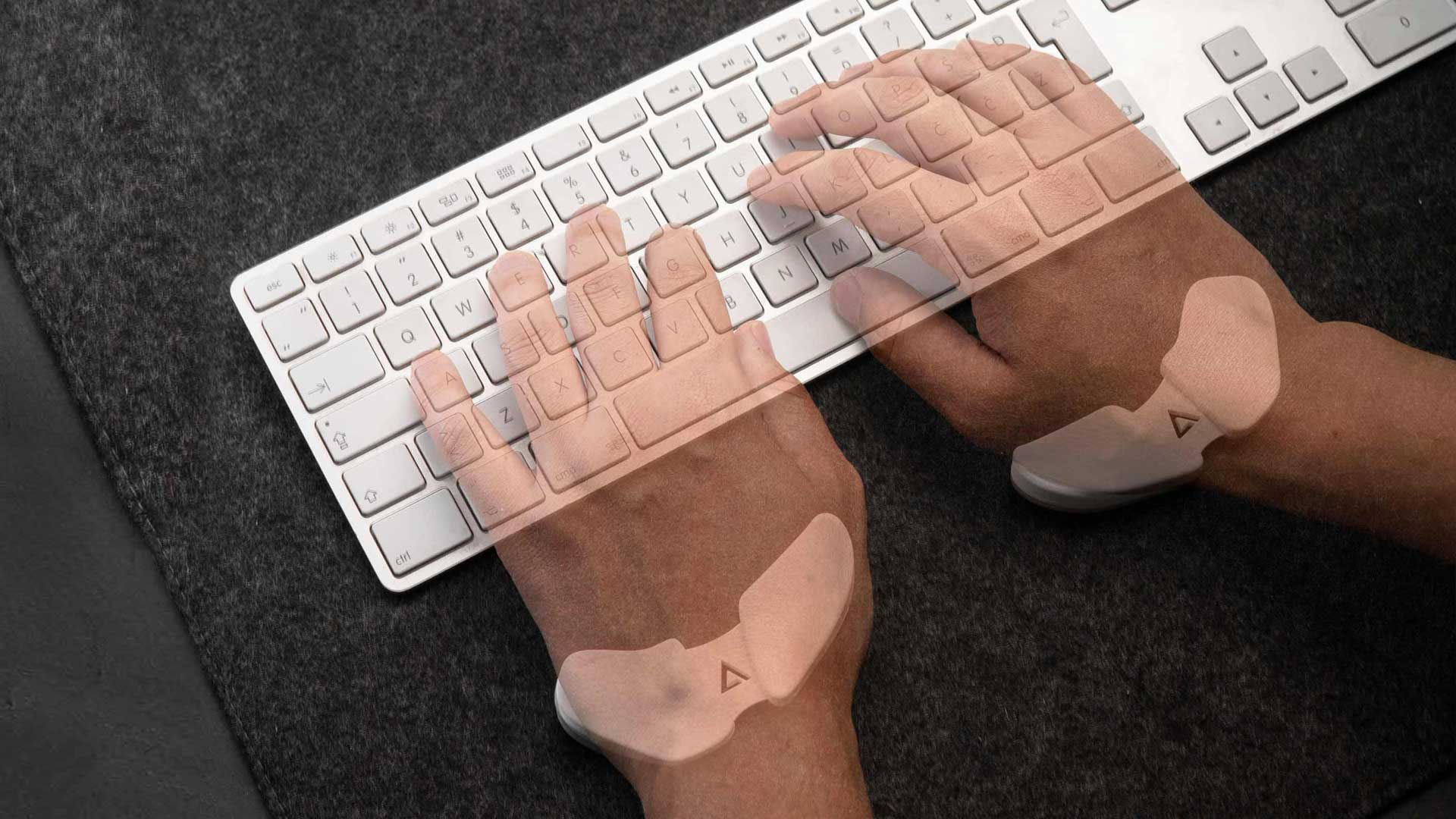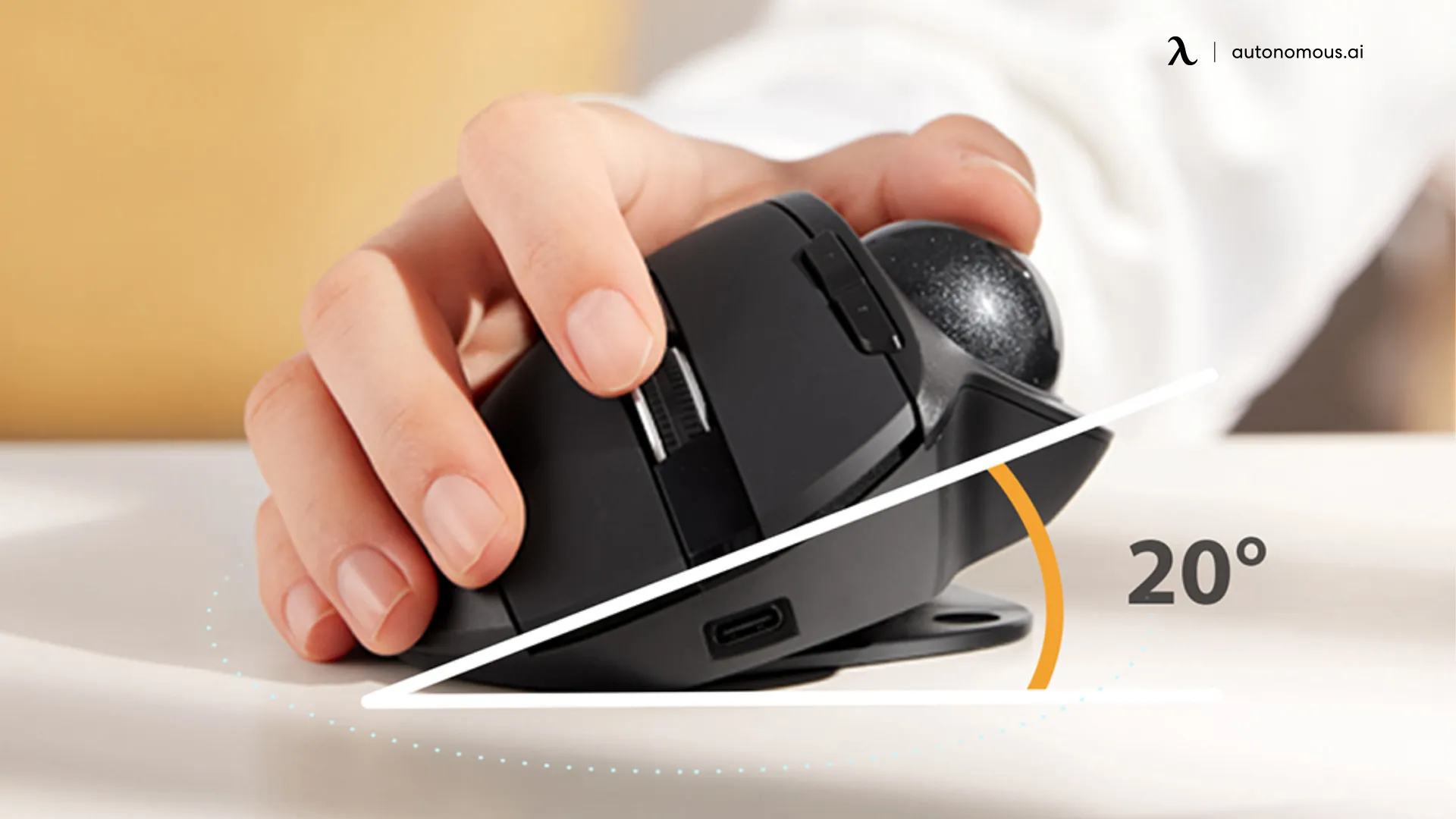
Thumb Pain from Mouse Use: Causes and Solutions
Table of Contents
If you’ve ever felt discomfort or pain in your thumb after hours of using a computer mouse, you’re not alone. Thumb pain from mouse use is a common issue that many people face, especially those who spend long hours working at a desk. While it may seem like a minor problem at first, thumb pain can be disruptive and, over time, lead to more serious issues. In this article, we’ll explore the causes behind thumb pain from mouse use and provide practical solutions to alleviate and prevent it.
What Causes Thumb Pain from Mouse Use?
1. Repetitive Motion
One of the primary causes of thumb pain from mouse use is repetitive motion. Every time you click or scroll, your thumb is subjected to small movements that can add up over time. Repetitive motions, particularly when done for hours, can lead to strain and discomfort in the muscles and tendons of the thumb.
2. Poor Ergonomics
Another major contributor to thumb pain is poor ergonomics. If your mouse is positioned too far from your body or at an uncomfortable angle, your thumb might have to stretch awkwardly to reach it. This can result in muscle fatigue and pain. Inadequate wrist support and poor chair height also play a role in straining the thumb.
3. Incorrect Grip
Gripping the mouse too tightly can cause excessive pressure on your thumb. Many people instinctively grip the mouse hard to control it, especially during tasks that require precision. However, this tight grip can lead to fatigue and pain over time, especially if you’re working for hours without breaks.
4. Overuse
Spending extended periods using the mouse without taking breaks can exacerbate thumb pain. Overuse of the thumb in particular can lead to inflammation in the tendons, causing discomfort or stiffness. Without proper rest and relief, this can eventually lead to more chronic conditions like tendinitis.
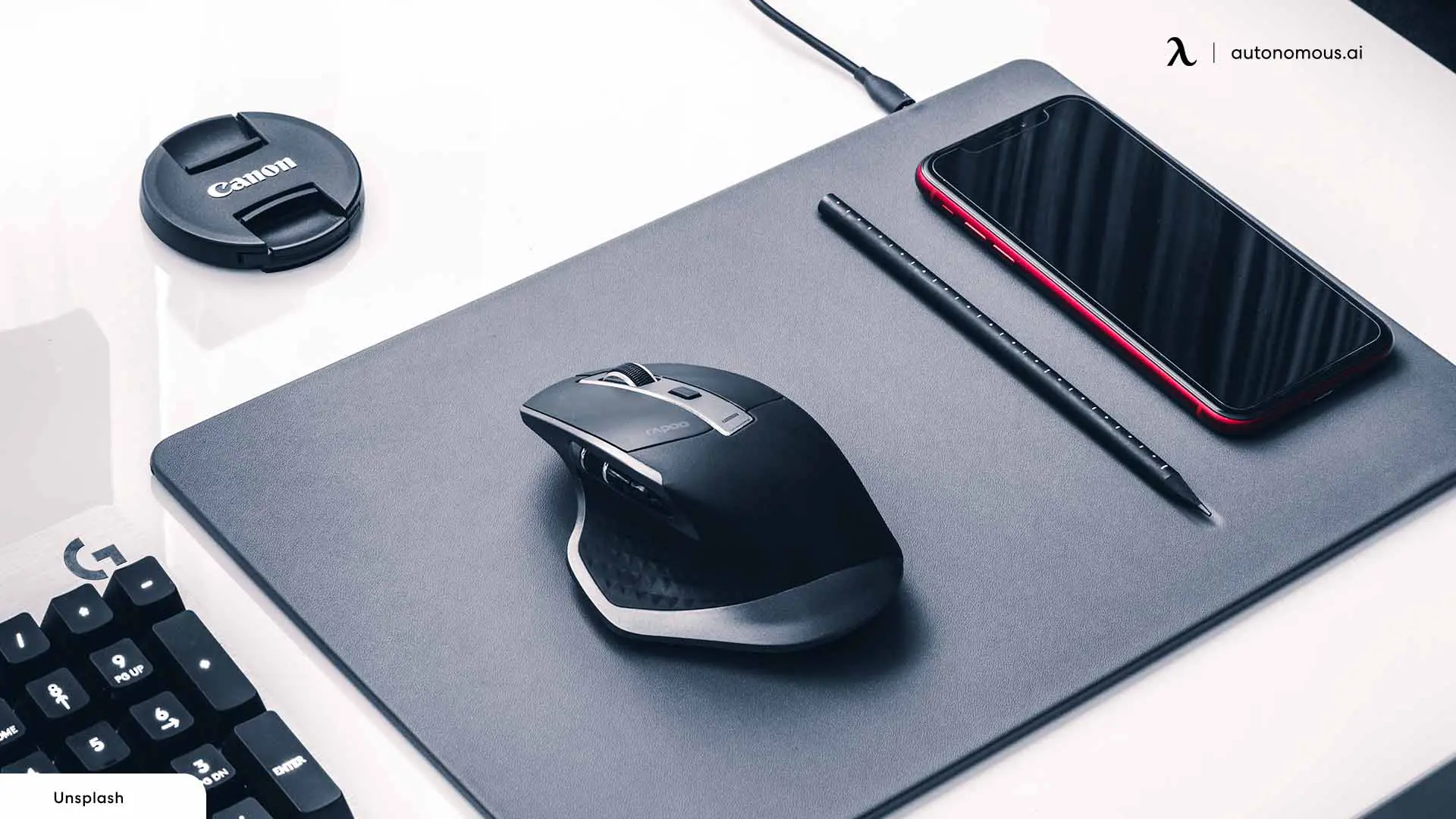
How Thumb Pain from Mouse Affects Your Daily Life
- Impact on Productivity
Thumb pain from mouse use can slow down your productivity. The discomfort often distracts you from tasks, and as the pain worsens, you might find it difficult to maintain focus on work or other tasks that require fine motor skills.
- Physical Effects
In addition to pain, thumb discomfort may present itself in other forms such as tingling, numbness, or stiffness. These symptoms can spread to the wrist or fingers and may interfere with your ability to use your hands for daily tasks, such as typing or holding objects.
- Long-Term Risk
If thumb pain is left unaddressed, it may lead to more serious conditions, such as tendinitis or arthritis. These conditions can result in permanent pain or reduced mobility in the thumb and hand, which is why it’s important to address thumb pain early before it becomes chronic.
Ergonomic Solutions to Consider
If you're experiencing thumb pain from mouse use, you're not alone. Whether you’re working long hours at your desk or engaging in repetitive tasks, this discomfort is common and can be easily alleviated with a few simple adjustments. Here are some practical solutions to help relieve and prevent thumb pain:
1. Switch to an Ergonomic Mouse
One of the most effective ways to reduce thumb strain is by using an ergonomic mouse. Traditional mice can force your thumb into uncomfortable positions, leading to pain over time. An ergonomic mouse is designed to support your hand in a more natural position, reducing strain on your thumb and wrist. Some options include:
- Vertical mice: These let you grip the mouse with your hand in a handshake-like position, reducing pressure on your thumb.
- Trackball mice: With a trackball, you use your fingers to move the cursor, minimizing the involvement of your thumb.
2. Adjust Your Desk Setup
How you position your desk and peripherals plays a huge role in reducing thumb pain. Make sure your mouse is positioned at a comfortable height, close to the keyboard, so you don’t have to stretch your hand too far. Proper desk ergonomics can significantly reduce thumb strain, helping you work comfortably for longer periods.
To optimize your setup, consider these tips:
- Keep your mouse at elbow height, allowing your arm to rest naturally at a 90-degree angle. This reduces the strain on your thumb as you work.
- Position your keyboard so that your wrists remain neutral and relaxed, avoiding excessive stretching or bending.
If you're looking for ways to improve your workspace, a keyboard tray can help ensure that your peripherals are positioned correctly, promoting better posture and reducing strain. You can find more information on how to set up your desk for comfort with a programmer desk setup or explore a standing desk setup for an alternative that can further help prevent discomfort.
For a comprehensive guide, check out how to build a productivity desk setup to optimize your workspace for both comfort and efficiency.
3. Take Breaks and Stretch
One of the easiest ways to prevent and relieve thumb pain is to take regular breaks. Set a timer every 30-45 minutes to step away from your desk and move around. You can also perform simple hand and thumb stretches to alleviate any built-up tension. Try the following exercises:
- Thumb lift: Place your hand flat and lift your thumb towards the ceiling. Hold for a few seconds, then relax.
- Thumb extension: Place your palm up and extend your thumb outward as far as possible. Hold for a few seconds, then relax.
Incorporating office chair exercises into your routine can further reduce strain. These exercises target key muscle groups to improve flexibility and relieve tension. Additionally, men can benefit from chair exercises for men to build strength and enhance mobility while sitting at your desk.
If you're looking to target your core, try chair exercises for stomach for a more engaged workout while seated. Lastly, if you're using a standing desk, make sure to incorporate standing desk stretches to improve overall flexibility and reduce fatigue.
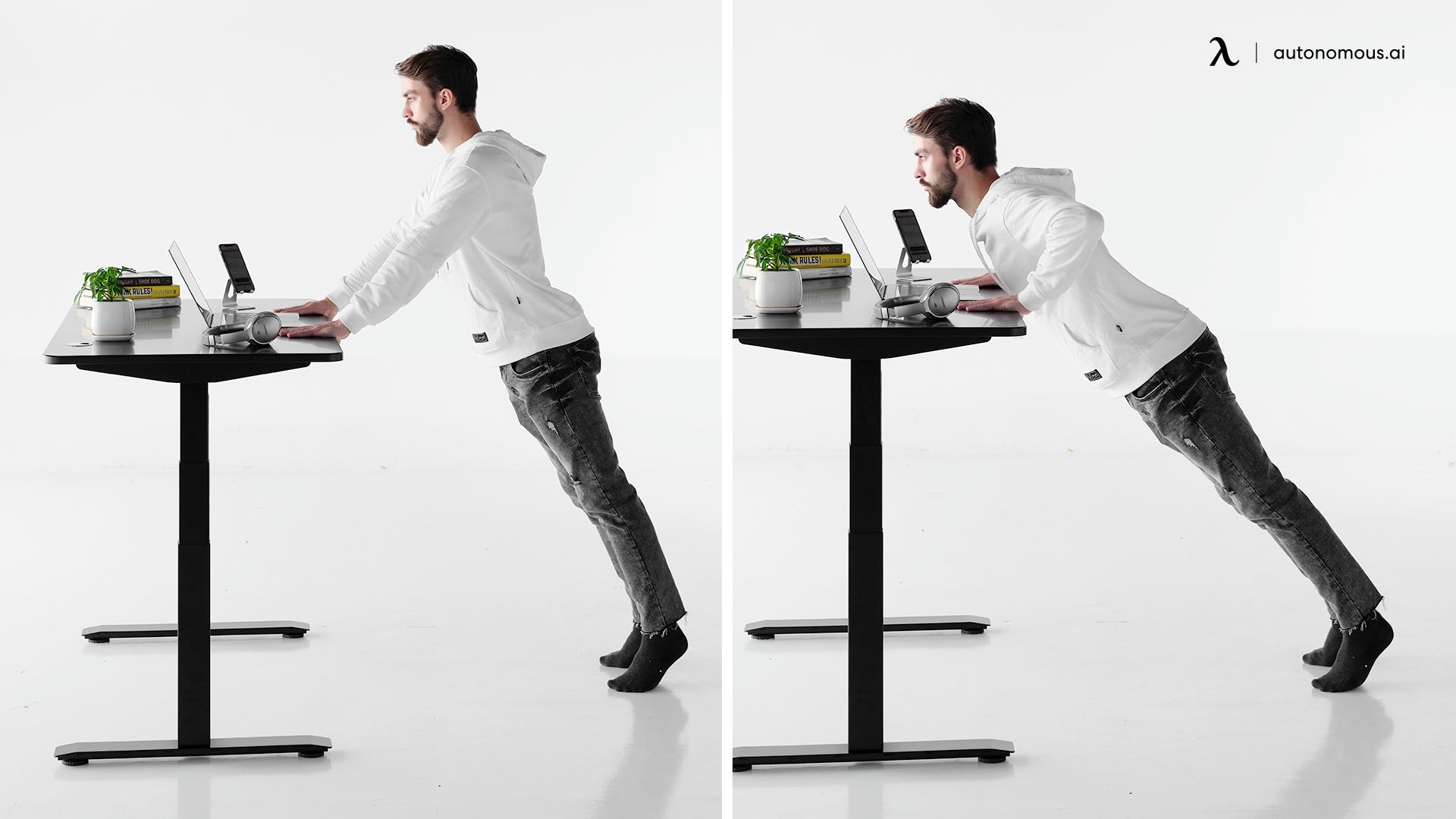
4. Try a Touchpad
If you're tired of using a mouse, a touchpad might be a good alternative. Touchpads allow you to use any finger to control the cursor, reducing the strain on your thumb. Many laptops come with built-in touchpads, but external ones are also available. This can provide a more natural movement, and less reliance on your thumb.
5. Use a Wrist Rest or Support
A wrist rest can provide extra support and comfort while using your mouse. It helps keep your wrist in a neutral position, reducing stress on your thumb. Look for an ergonomic wrist rest that provides cushioning but also maintains a level of support to keep your wrist from bending awkwardly during extended computer use.
6. Stay Mindful of Your Grip
It’s easy to grip your mouse too tightly, especially when you’re focused on a task. However, this can contribute to thumb pain. Try to stay mindful of how tightly you're holding your mouse, and aim for a relaxed grip. Loosening your grip can reduce the strain on your thumb and fingers.
7. Experiment with Keyboard Shortcuts
Using your keyboard more often instead of your mouse can help reduce thumb strain. Learn common keyboard shortcuts for tasks like copy, paste, and switching between windows. This can help you minimize mouse use, giving your thumb a break throughout the day.

Try These Thumb Pain Relief Exercises
In addition to ergonomic solutions, performing thumb exercises can help relieve pain and strengthen the muscles. Here are a few exercises to try:
1. Thumb Lift
To perform the thumb lift exercise, place your hand flat on a surface. Lift your thumb toward the ceiling, holding it for about 5–10 seconds before relaxing it back down. This exercise helps to stretch and strengthen the muscles in your thumb, providing relief from tension.
2. Thumb Extension
For the thumb extension exercise, start by placing your palm facing upward on a flat surface. Extend your thumb outward as far as it can go, holding the position for 3–5 seconds before returning to the starting position. This exercise helps to increase the thumb’s range of motion.
3. Thumb Abduction
For thumb abduction, place your palm face down on a flat surface. Move your thumb outward, as far from the other fingers as possible. Then, bend your thumb downward until it points to the floor and return to the starting position. This exercise targets the muscles responsible for moving your thumb away from your hand.
4. Thumb Opposition
In the thumb opposition exercise, touch the tip of your thumb to the tip of each finger, one at a time, starting with your index finger. Repeat the process several times for each finger. This helps improve flexibility and mobility in your thumb.
5. Thumb Pinch
To perform the thumb pinch, pinch your thumb and index finger together, holding for about 5–10 seconds, and then release. This strengthens the thumb and index finger, reducing strain and promoting better muscle coordination.
6. Finger Stretch
In the finger stretch, hold your hand out with your fingers straight. Gently pull your thumb backward with your other hand to stretch it. Hold the stretch for 10 seconds before relaxing. This helps stretch the thumb and fingers, reducing the tension and stiffness that can cause pain.
7. Thumb Circles
For thumb circles, make small circular motions with your thumb in both clockwise and counterclockwise directions. This exercise helps increase the mobility and flexibility of the thumb joint, which can relieve pain and improve range of motion.
8. Finger Lifts
To perform the finger lift, place your hand flat on a table. Lift each finger one at a time, holding it for a second before lowering it. Repeat this process for each finger. This strengthens the fingers and thumb, improving dexterity and flexibility.
9. Tendon Gliding Exercise
In the tendon gliding exercise, start with your hand in a fist position, then gradually open your fingers to form a straight hand. Repeat the process about 10 times. This exercise stretches and strengthens the tendons in the fingers and thumb, promoting better hand function.
10. Ball Squeeze
For the ball squeeze, hold a soft ball or stress ball in your hand and squeeze it for 5 seconds, then release. This helps strengthen the thumb and hand muscles, which can provide relief from thumb pain.
11. Wrist Flexor Stretch
The wrist flexor stretch is done by extending your arm in front of you with your palm facing up. Use your opposite hand to gently pull back on your fingers, stretching your wrist and thumb. This exercise relieves tension in the wrist and thumb, promoting flexibility and pain relief.
12. Finger Curl
In the finger curl, curl your fingers into a fist, hold for a few seconds, then open your hand wide. Repeat several times. This strengthens the fingers and thumb, helping with flexibility and overall hand health.
13. Thumb Webbing Stretch
To perform the thumb webbing stretch, hold your hand in front of you, and with your opposite hand, gently pull back the webbing between your thumb and index finger. This stretches the muscles and tendons in the webbing area, which can help reduce discomfort and improve mobility.
When to Seek Professional Help
While thumb pain can usually be alleviated with ergonomic adjustments and exercises, persistent pain may require professional help. If your thumb pain continues despite making changes to your workstation or practicing exercises, it could be a sign of a more serious issue, such as tendinitis or thumb arthritis. Consult a healthcare professional if you experience symptoms like swelling, continuous pain, or limited range of motion.
Conclusion
Thumb pain from mouse use is a common issue, but it doesn’t have to be a long-term problem. By understanding the causes of thumb pain and implementing ergonomic solutions and thumb exercises, you can significantly reduce discomfort and prevent future pain. Whether it’s switching to an ergonomic mouse, adjusting your workspace, or practicing simple thumb exercises, small changes can make a big difference in your comfort and productivity. Start making these adjustments today to keep your hands healthy and pain-free!
Spread the word
.svg)

